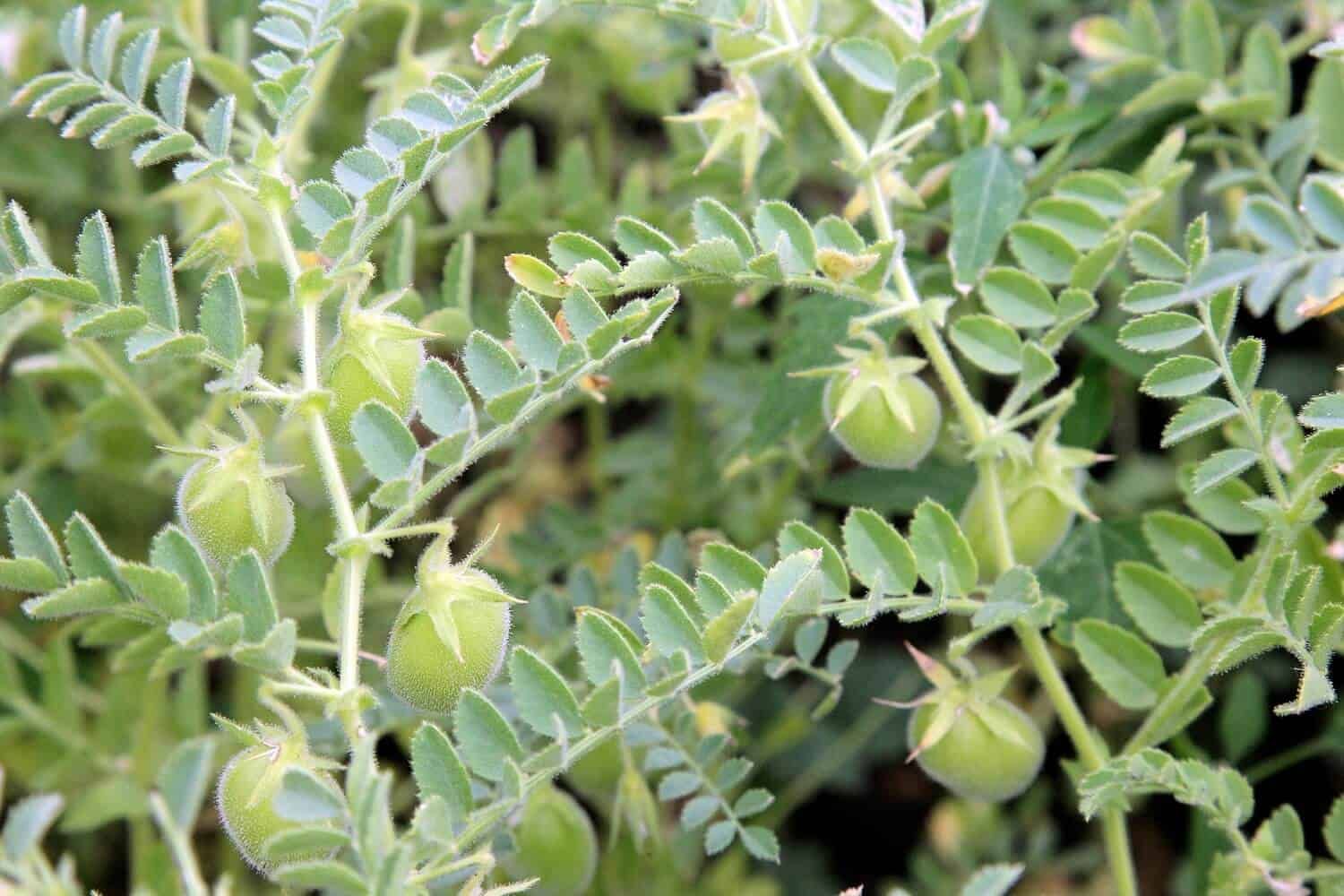Introduction
Lentils are a type of legume that have been cultivated for thousands of years and are known for their high nutritional value. They are not only a staple food in many parts of the world but also offer numerous economic benefits for farmers. In this article, we will explore the best practices for growing and irrigating lentils in a sustainable and economically efficient manner.
Why Lentils are a Great Choice Economically?
Lentils are a profitable crop for several reasons. Firstly, they have a relatively short growing season, typically ranging from 90 to 120 days depending on the variety. This allows farmers to cultivate multiple crops in a year, maximizing their yield and revenue. Additionally, lentils are known for their high yield potential, with some varieties producing up to 2,000 kilograms per hectare.
Furthermore, lentils are well-suited for rotation cropping, which helps improve soil fertility and reduces the risk of pests and diseases. By integrating lentils into a crop rotation system, farmers can break pest and disease cycles, leading to healthier plants and higher yields in subsequent crops.
Necessary Requirements for Growing Lentils
To successfully grow lentils, several key factors need to be considered:
Soil Requirements
Lentils prefer well-drained soils with a pH range of 6 to 7.5. They can tolerate a wide range of soil textures, from sandy to loamy, but heavy clay soils should be avoided as they can hinder root development. Prior to planting, it is recommended to conduct a soil test to assess nutrient levels and make any necessary amendments.
Climate and Temperature
Lentils are cool-season crops that thrive in regions with moderate temperatures. They require a minimum temperature of 10°C for germination and prefer temperatures between 15°C and 25°C during the growing season. Lentils are relatively drought-tolerant, making them suitable for regions with limited water availability.
Seed Selection and Planting
Choosing high-quality seeds is crucial for a successful lentil crop. Opt for certified seeds that are disease-free and have good germination rates. Lentils can be directly sown into the field or started in seedbeds and later transplanted. The recommended planting density is around 100 to 150 plants per square meter.
Efficient Irrigation Methods for Lentils
Irrigation plays a vital role in the growth and development of lentil plants. Efficient water management not only ensures optimal plant health but also helps conserve water resources. Here are some modern irrigation methods that can be employed for lentil cultivation:
Drip Irrigation
Drip irrigation is a highly efficient method that delivers water directly to the plant's root zone, minimizing water wastage through evaporation or runoff. By providing a slow and steady supply of water, drip irrigation promotes healthier root development and reduces the risk of diseases caused by excessive moisture on the foliage. Additionally, drip irrigation systems can be easily automated, saving farmers both time and labor.
Sprinkler Irrigation
Sprinkler irrigation involves the use of overhead sprinklers to distribute water over the crop. This method is suitable for lentils, especially during the early growth stages when uniform moisture is crucial. However, care should be taken to avoid excessive wetting of the foliage, as lentils are susceptible to certain fungal diseases.
Furrow Irrigation
Furrow irrigation is a traditional method where water is applied to the field by creating small channels or furrows between the crop rows. This method can be effective for lentils, especially in areas with adequate water availability. However, it is important to ensure proper land leveling and furrow design to prevent water pooling and uneven distribution.
A Guide to Perfect Irrigation Setup for Lentils
To achieve optimal irrigation for lentils, follow these step-by-step instructions:
-
Assess your field: Determine the soil type, topography and water availability in your field. This will help you choose the most suitable irrigation method.
-
Design the irrigation system: Based on your assessment, select the appropriate irrigation system, such as drip irrigation or sprinkler irrigation. Consider factors like field size, crop density and water source capacity.
-
Install the irrigation system: Set up the main water supply line, install valves and filters and lay out the distribution lines or sprinklers according to the system design. Ensure proper spacing and alignment to achieve uniform water distribution.
-
Test the system: Before planting lentils, thoroughly test the irrigation system to identify any leaks, clogs, or uneven water distribution. Make necessary adjustments or repairs to ensure optimal performance.
-
Monitor soil moisture: Regularly monitor the soil moisture levels using sensors or manual observations. This will help you determine the irrigation frequency and duration required for lentils.
-
Adjust irrigation schedule: Based on weather conditions, crop growth stage and soil moisture levels, adjust the irrigation schedule accordingly. Avoid overwatering, as it can lead to waterlogging and root diseases.
Promoting DripPro Irrigation Systems for Lentil Growers
DripPro Irrigation Systems offers a wide range of high-quality irrigation products that can greatly benefit lentil growers. Their products, including drips, sprinklers, valves, filters, fittings, hoses and lay flat pipes, are designed to maximize water efficiency and crop yield.
By using DripPro's drip irrigation systems, lentil growers can significantly reduce water wastage and achieve precise water delivery to the plant's root zone. This not only conserves water resources but also improves nutrient uptake and overall plant health. Additionally, DripPro's automated irrigation systems save farmers time and labor, allowing them to focus on other important aspects of their agricultural business.
In conclusion, lentils are not only a nutritious food source but also a profitable crop for farmers. By following the necessary requirements for growing lentils and implementing efficient irrigation methods, farmers can achieve sustainable and economically efficient lentil cultivation. Companies like DripPro Irrigation Systems further enhance the benefits by providing advanced irrigation solutions tailored to the needs of lentil growers.

